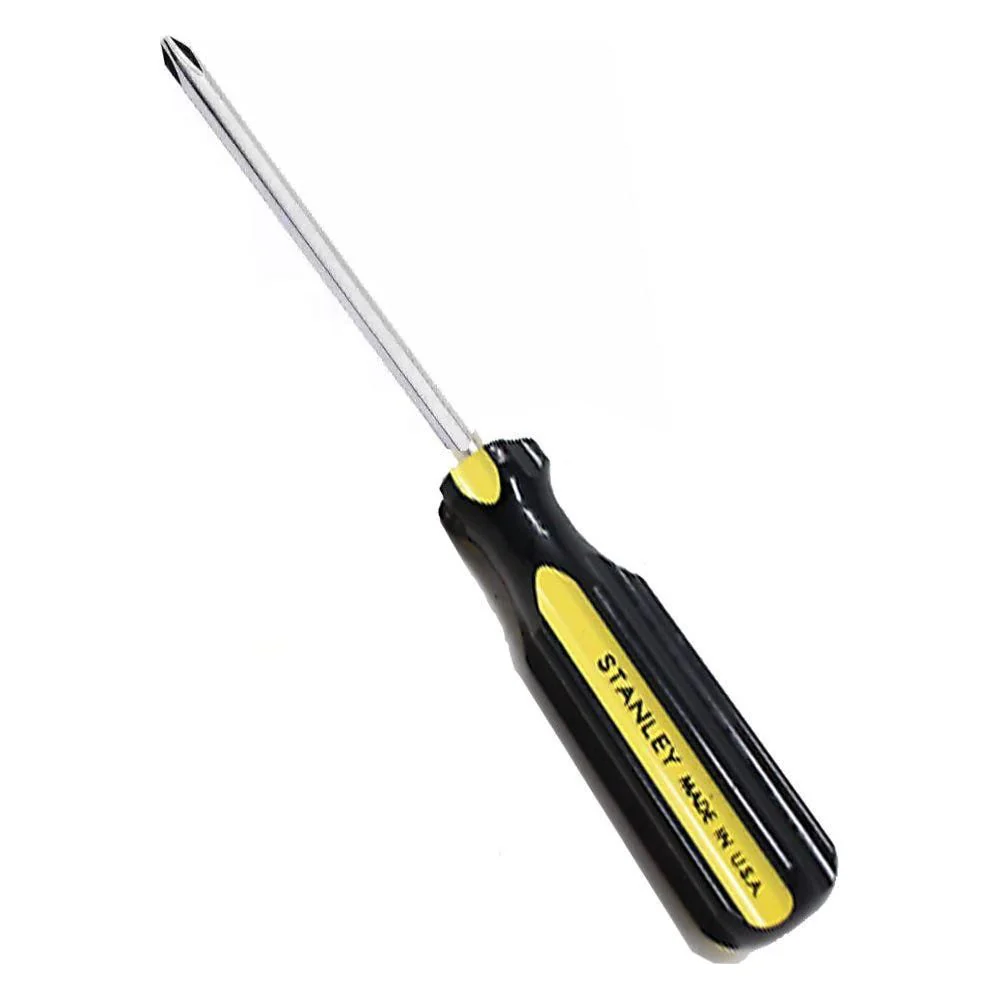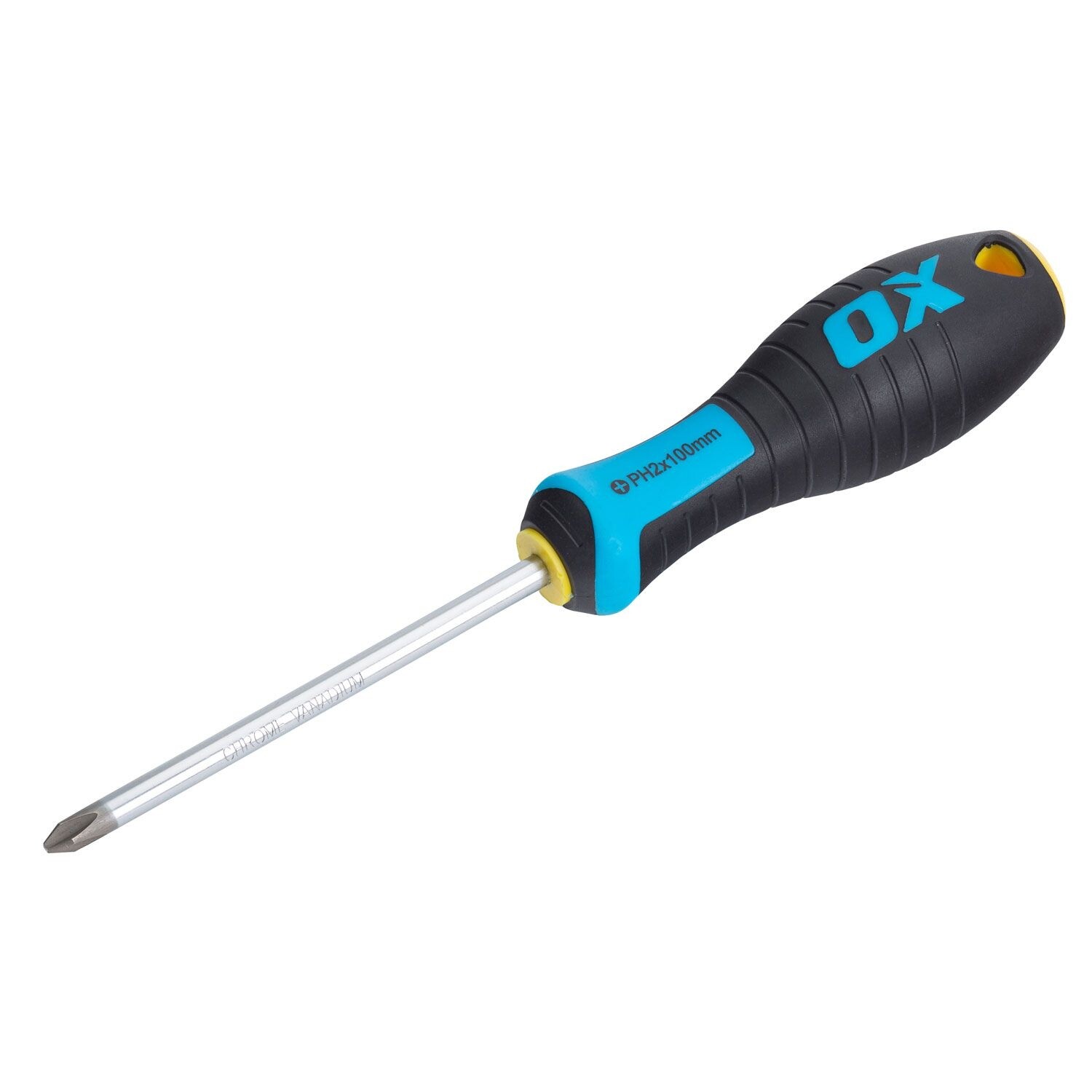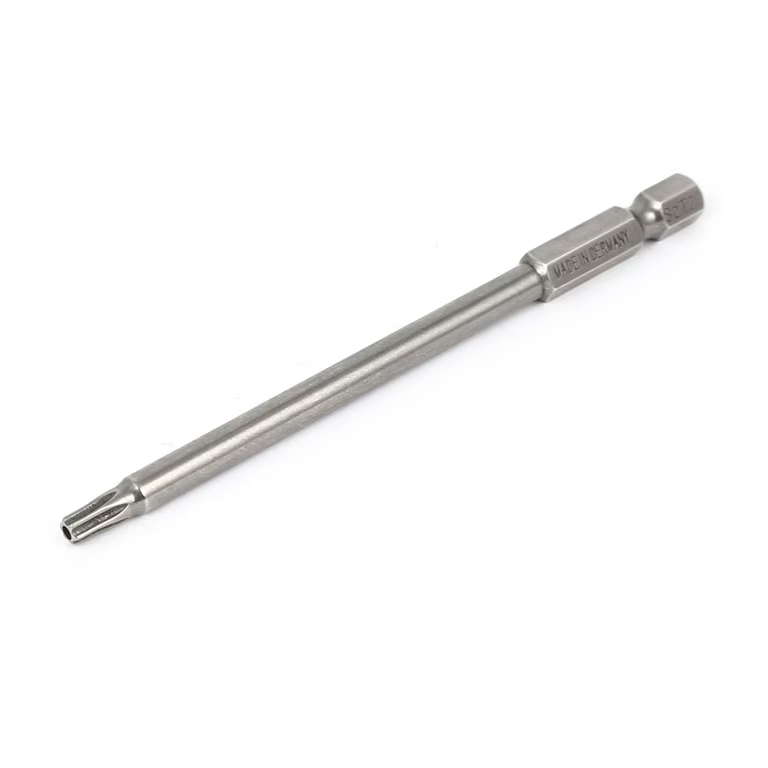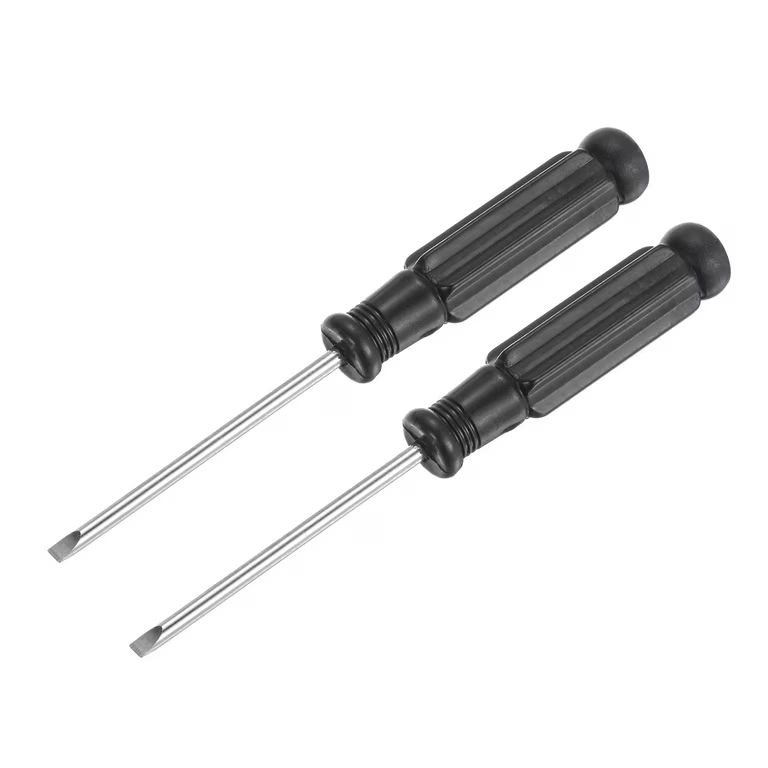
Precision DIY: Mastering the Phillip Screwdriver
History of the Phillip Screwdriver
The Phillip screwdriver, a tool found in almost every toolbox, has a unique history. It dates back to the 1930s, developed by Henry F. Phillips. This invention was a game-changer for manufacturing industries. The Phillip screwdriver’s design made it ideal for the assembly line. It allowed screws to be driven with more torque and less slippage, perfect for the burgeoning car industry. The cross-shaped tip fits snugly into the matching screw head, which made it more efficient than the flathead screwdrivers of the past.
As the Phillip screwdriver gained popularity, it quickly became the standard. Today, it is widely used in a range of DIY projects and professional settings. Over time, its design has been refined but the basic concept remains unchanged. The Phillip screwdriver’s ability to easily tighten and loosen screws with precision made it invaluable. Its celebrated design stands as a testament to its enduring legacy in the world of tools and beyond.
Not only did it transform the manufacturing process, but it also shaped the modern DIY movement. Now, with a Phillip screwdriver, enthusiasts and professionals alike tackle a myriad of tasks. From assembling furniture to fixing electronics, it has proven to be an indispensable component of any toolkit. Understanding its history underscores the tool’s significance in both past and present-day innovation.

Types of Phillip Screwdrivers
Phillip screwdrivers come in various sizes and lengths, each suitable for different tasks. Here are the most common types you might encounter in your DIY endeavors:
- Standard Phillip Screwdriver: This is the most common type. It has a cross-shaped tip that fits into the similarly shaped recess in screw heads. It’s versatile and useful for a wide range of general tasks.
- Precision Phillip Screwdriver: Smaller than standard ones, precision screwdrivers are for electronics and delicate work. They have finer tips and are designed to handle smaller screws.
- Stubbie or Short Phillips Screwdriver: These are shorter in length and work great in tight spaces. The compact design allows for easy maneuverability where longer screwdrivers can’t reach.
- Phillips Screwdriver Set: A set typically includes various sizes to cover all needs. Having a set ensures that you always have the right size handy.
- Insulated Phillip Screwdriver: These are designed with a protective insulation for working with electrical wiring to prevent electric shocks.
- Ratcheting Phillip Screwdriver: They have a mechanism that allows the screwdriver to ratchet, making them ideal for rapid screwing and unscrewing without the need to reposition your hand.
When choosing a Phillip screwdriver, consider the task at hand. The right type will increase both precision and efficiency. Remember, a screwdriver that perfectly fits the screw head will reduce the chance of damaging the screw or screwdriver, and make your work much easier.
Essential Characteristics of Quality Phillip Screwdrivers
When shopping for a Phillip screwdriver, you want a tool that’s built to last and perform. Here are the key features to look for:
- Material Strength: Opt for Phillip screwdrivers made of high-grade steel. This ensures durability and resistance against wear.
- Comfort Grip: Choose screwdrivers with ergonomic handles. A comfortable grip provides better control and decreases hand fatigue.
- Tip Precision: Look for a tip that matches screw heads perfectly. Precision tips prevent stripping and slipping.
- Size Markings: Good Phillip screwdrivers have their size clearly marked. This helps in selecting the right tool quickly.
- Corrosion Resistance: Screwdrivers with corrosion-resistant coatings offer long life. They withstand harsh working conditions better.
- Magnetized Tip: For DIY tasks involving small screws, a magnetized tip can be very useful. It keeps screws attached to the screwdriver.
Selecting a Phillip screwdriver with these features ensures more dependable, safe, and efficient work. Invest in quality to get the best results in your DIY projects.

Proper Use of a Phillip Screwdriver
Proper use of a phillip screwdriver ensures safety and project success. Here are key steps to follow:
- Select the Correct Size: Match the screwdriver tip to the screw head. A perfect fit avoids slippage.
- Apply Even Pressure: Use a steady hand to apply pressure. This prevents the tip from camming out of the screw, which can damage the head or the tool’s tip.
- Turn Clockwise to Tighten: Remember the simple rule ‘righty-tighty, lefty-loosey’. Turning clockwise will tighten most screws.
- Turn Counterclockwise to Loosen: To remove a screw, turn the handle counterclockwise.
- Keep the Screwdriver Straight: Align the screwdriver with the screw. This maximizes torque and control, improving efficiency and preventing damage.
- Use Ratcheting Action When Available: If you have a ratcheting phillip screwdriver, use its mechanism to your advantage for faster work.
- Do Not Over-tighten: Stop when the screw is firmly in place. Over-tightening can strip the screw head or break the screw.
By following these straightforward guidelines, you’ll be able to handle a phillip screwdriver effectively. Maintaining the right techniques will extend the life of your screws and screwdrivers, while helping to achieve precision in your DIY projects.

Common Mistakes to Avoid When Using a Phillip Screwdriver
Using a phillip screwdriver seems straightforward, but common mistakes can lead to frustration. Be aware of these errors to ensure that your work remains top-notch and accident-free:
- Choosing the Wrong Size: Picking a screwdriver that doesn’t fit the screw head is a leading error. This often results in slippage and damage to both the screw and tool.
- Applying Uneven Pressure: Uneven force can strip the screw head. Always apply steady pressure straight into the screw.
- Using Worn Out Tips: Screwdrivers with worn tips are less efficient and can damage screws. Replace or repair them as needed.
- Over-tightening Screws: Stop when the screw is snug. Overdoing it can strip the thread or break the screw.
- Misaligning the Tool: Not keeping the screwdriver aligned with the screw reduces torque and control. This could lead to slipping or stripping.
- Ignoring Ratcheting Features: When using a ratcheting screwdriver, make the most of its function. It saves time and effort.
By avoiding these pitfalls, your work with a phillip screwdriver will be much more successful and satisfying. Always select the right size, maintain your tools, and use them with care to get the best results in your DIY endeavors.
Maintenance and Care for Your Phillip Screwdrivers
Maintaining your phillip screwdrivers is crucial for their longevity and performance. Here are practical steps you can take:
- Clean Regularly: Wipe your screwdrivers after each use. Remove debris and oil to prevent rust.
- Dry Thoroughly: Ensure tools are completely dry before storing to avoid corrosion.
- Store Properly: Keep screwdrivers in a dry place. Use a toolbox or wall rack.
- Check for Wear: Inspect the tip for signs of wear. If worn, sharpen or replace.
- Lubricate the Handles: If your screwdrivers have moving parts, apply lubricant to maintain smooth action.
- Avoid Using as Pry Bars: Screwdrivers are not pry bars. Using them as such can bend the tip or shaft.
- Use the Right Size: Always select the correct size for the job. This prevents damage to both the screw and screwdriver.
Regular care will greatly extend the life of your phillip screwdrivers, ensuring they remain reliable tools in your DIY projects.
Selecting the Right Phillip Screwdriver for Your Project
Choosing the right phillip screwdriver can make a big difference in your DIY project. Here are steps to help you select the perfect one:
- Identify the Screw Size: Start by examining the screws you will work with. Match the screw head size to the screwdriver tip for the best fit.
- Consider the Task: Think about the job you’re doing. For delicate tasks, opt for a precision screwdriver. For general use, a standard size is good.
- Check the Handle: The handle should feel comfortable in your hand. Ergonomic grips are best for long tasks.
- Look at the Length: Make sure the screwdriver is long enough to reach. But not too long where it can’t fit into tight spaces.
- Quality Matters: Choose a screwdriver made of high-quality steel. It should have clear size markings and a tip that’s precisely shaped and corrosion resistant.
- Safety First: If you’re working with electricity, ensure the screwdriver is insulated. This can prevent electric shocks.
- Magnetized Tip: A magnetized tip is handy for small screws. It keeps them secure and in place.
By taking the time to select the right phillip screwdriver, you are setting yourself up for success. A well-chosen tool is more effective, safer to use, and can handle the specific demands of your project with precision.

Tips for Precision in DIY Projects Using a Phillip Screwdriver
To achieve precision in DIY projects, using your phillip screwdriver correctly is key. Here are some actionable tips:
- Start with a Test: On a scrap piece of wood, practice screwing in and out. It helps you get a feel for the required pressure and angle.
- Mark the Spot: Use a pencil to mark where the screw should go. This will ensure accuracy in placement.
- Pilot Holes Are Your Friend: For wood projects, pre-drill pilot holes. They guide the screw and reduce the risk of wood splitting.
- Keep It Steady: Hold the screwdriver with one hand and use the other to steady it. This improves control and precision.
- Go Slow: Rushing can lead to mistakes. Take your time, especially when starting the screw.
- Lighting is Crucial: Good lighting helps you see what you’re doing. Ensure your work area is well-lit.
- Don’t Force It: If a screw won’t turn, back it out and try again. Forcing can strip the head.
- Check Your Angle: Always approach the screw perpendicularly. Angled approaches can damage the screw or tool.
- Use Quality Screws: High-quality screws are less likely to strip and are easier to work with.
- Maintenance: Keep your phillip screwdriver in good shape. Wipe the tip clean and store it properly after each use.
By following these tips, your DIY projects will benefit from the added precision that a properly used phillip screwdriver can provide. Remember, taking your time and using the tool with care go a long way towards achieving the best results.


